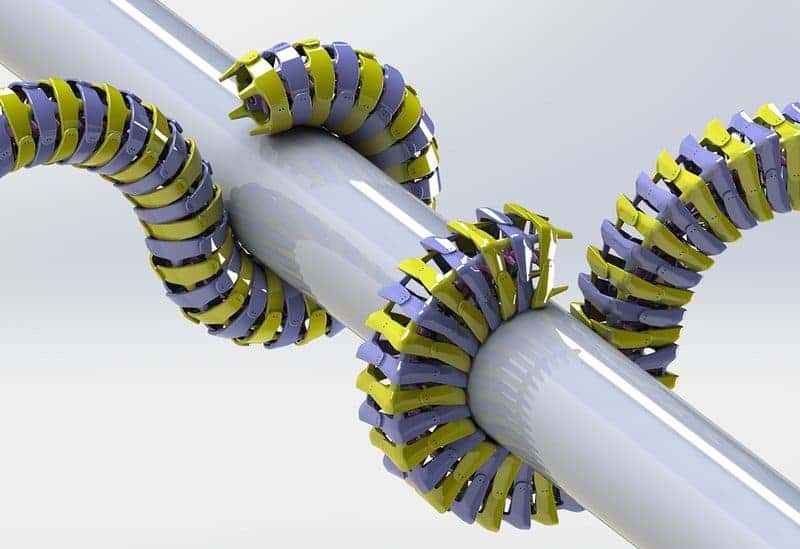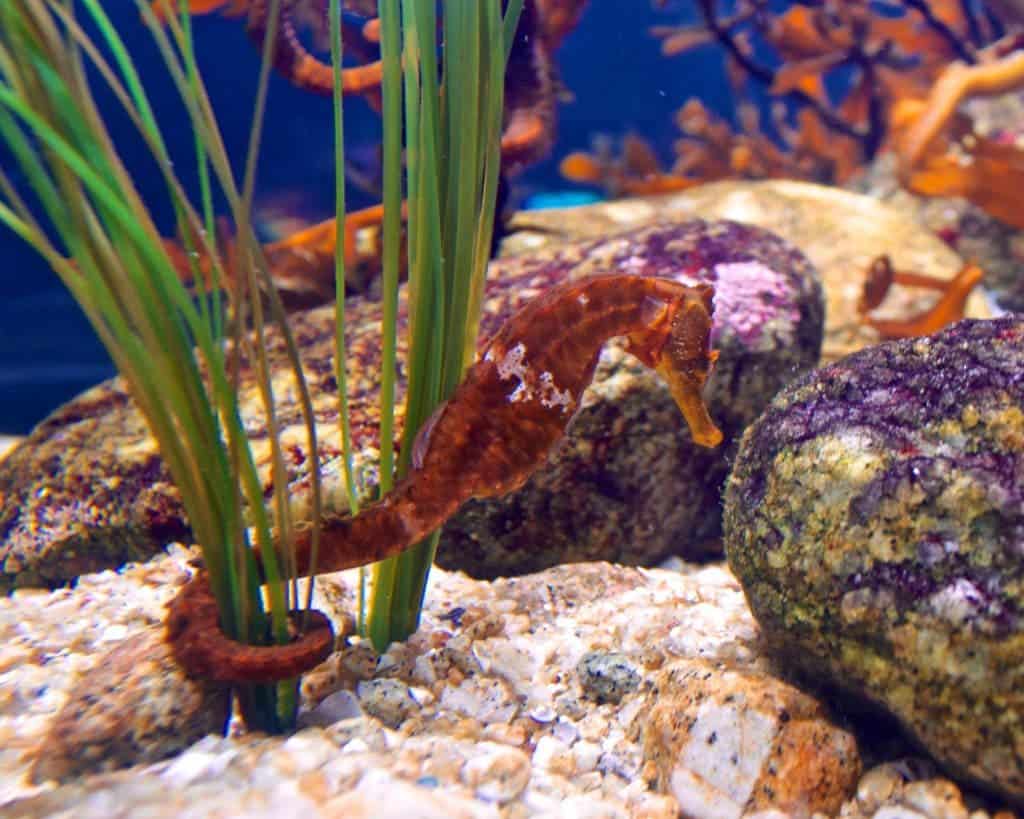Seemingly small and delicate, seahorses are actually much more resilient than they look. Engineers have demonstrated that the seahorses’ prism-like tails are mechanically superior to the cylindrical ones; the discovery could lead to the development of more resilient robots.

There are 54 species of seahorses, and while they may be significantly different one from the other, all feature a segmented bony armour, an upright posture and a curled prehensile tail. The tail, which is used for grasping objects, consists of 36 squarish segments with a boxy cross section rather than the more common cylindrical form like a tree branch, a tail or a human arm. Researchers had a hunch there might be a good reason for this.
“When living organisms deviate from the norm, there’s usually a good biomechanical reason: a clue to some specific problem that needs to be solved,” Miriam Ashley-Ross of Wake Forest University in North Carolina, who was not involved in the paper, pointed out in a commentary.
While there are several other animals (like monkeys or chameleons) that have prehensile tails, the seahorse tail is particularly strong. It’s covered in strong, rigid plates, but despite all of this, it’s really flexible. The team wanted to learn exactly what makes it so strong and resilient.

“Nature makes things just strong enough not to break, and then flexible enough to do a wide range or tasks,” paper co-author Ross Hatton, an assistant professor of robotics at Oregon State University, says in a statement. “That’s why we can learn a lot from animals that will inspire the next generation of robots.”
They were particularly interested in how they could make “hard” (mechanical) robots safely operate around humans. So after they thoroughly studied the seahorse tail, they moved on to the next step: they 3D printed their own tail to see how it works. They also created the round equivalent, to have a point of comparison. They found that the round version gets smooshed if enough pressure is applied, while the square one was much more resilient, especially to compression. If great pressure is applied, the seahorse tail simply flattens out by allowing its bony plates to slide past each other, deflecting damage away from the vertebral column and giving it the ability to absorb much more damage.
“The square one just felt better. It felt like it basically fit together better and just performed more robustly, whereas the round one just didn’t really hold its shape well and just didn’t seem to fit together as well,” said Porter, who is now a mechanical engineer at Clemson University in South Carolina. “So that’s what led to this idea of ‘Huh, I wonder if the square actually had some advantages over the circle, and how can we actually prove that it has those advantages?’ “

Credit: Courtesy of Oregon State University
Since lead author Michael Porter was already working with a steerable catheter, he also tried to design it with a square cross section and again, the results were better. This means that technologies based on seahorses could also lead to better robotic performance in the operating room. However, while extremely exciting, this technology is likely years away from becoming a reality.






